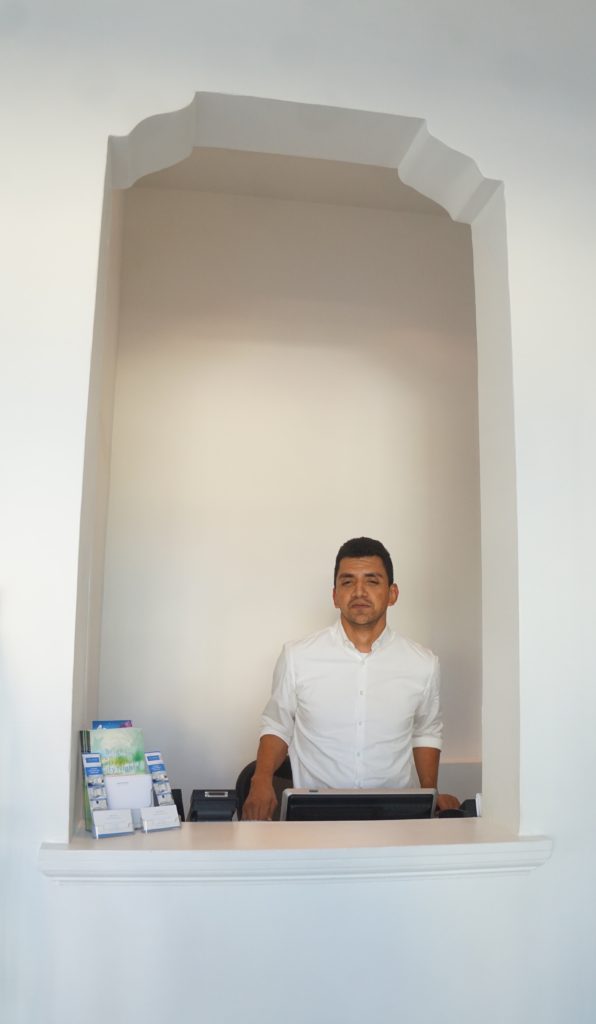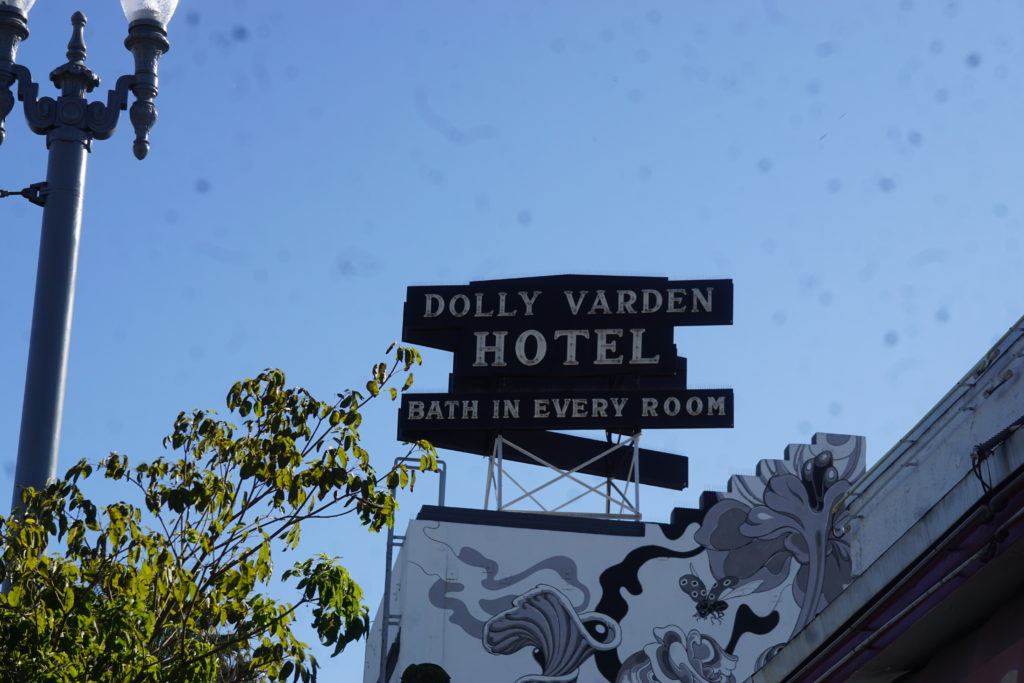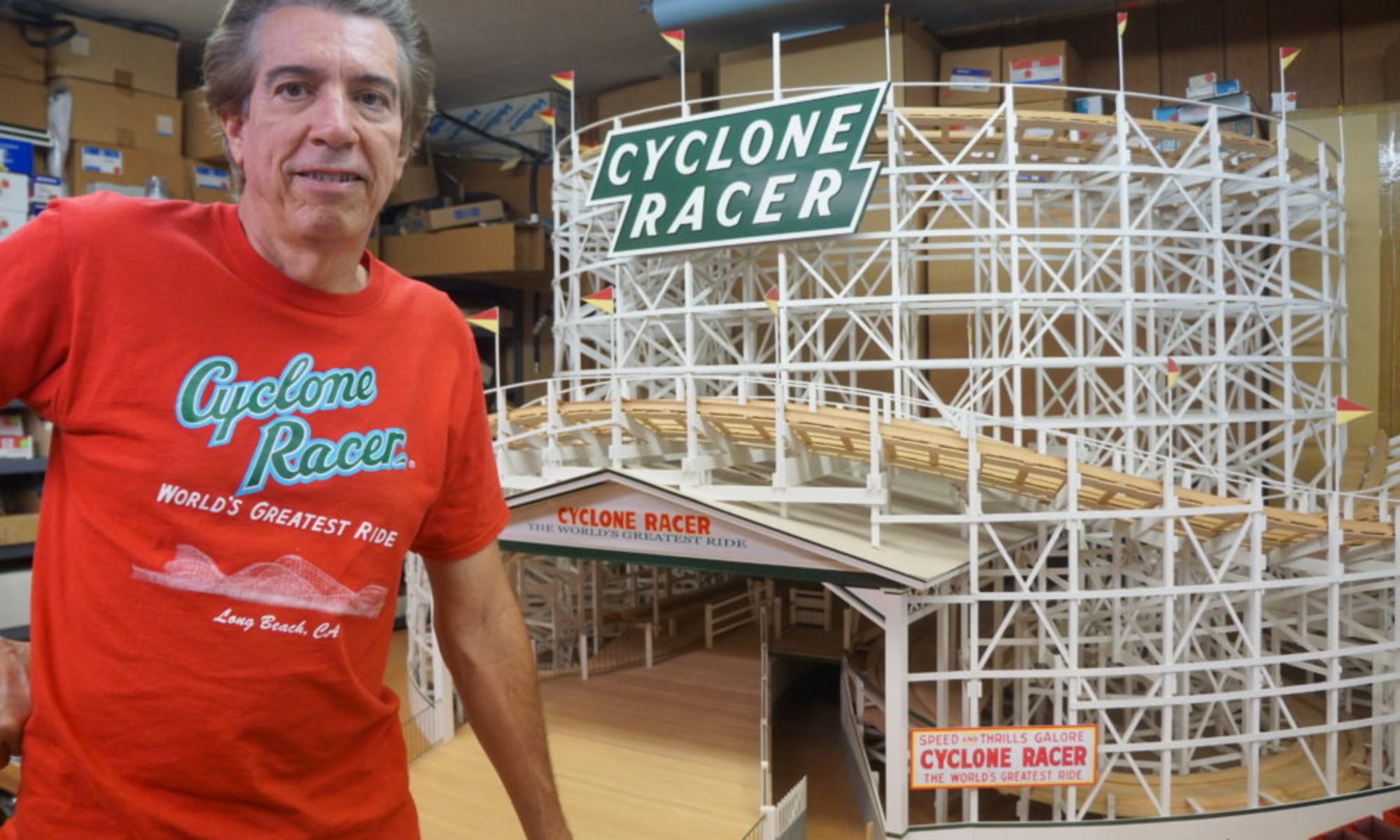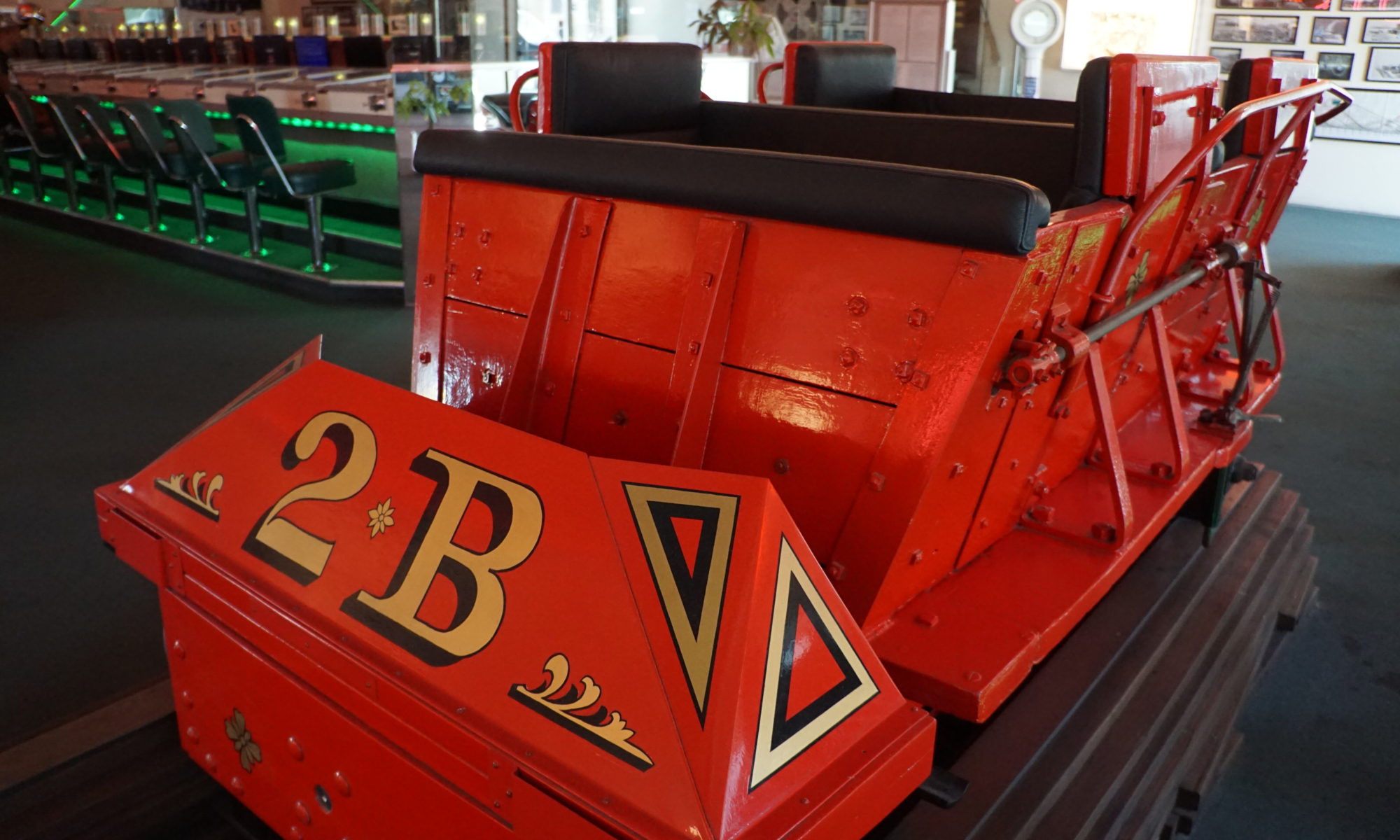
Today it is called “The Varden”. I took a photo of the outside of the building, and walked through the front door. I wasn’t sure it was still a hotel. There was a man sitting behind a desk, so I guessed it might still be one. I thought “What a cute European style hotel!”

The fellow at the desk shared their bookmark advertising with me. It said “European style hotel.” The implication is that it has a small room capacity (35 rooms), serves continental breakfast (it does), and has a feeling of history (certainly). It is all of these, plus it has an afternoon wine gathering. The hotel has been upgraded to a stylish boutique hotel. It’s historic, but does not feel old, as it was recently renovated. I asked whether there was a bathroom in every room. The old hotels in Europe often have shared bathrooms, one or two per floor. I caught myself as I asked, because it’s obvious from the sign.

You may have noticed the sign on the roof as you drove or walked along Pacific Avenue in downtown Long Beach. The hotel website shares that the Dolly Varden was built in 1929, named after circus performer, Dolly Varden who lived in a penthouse on the top floor. It makes me wonder whether it is still a penthouse, and whether Dolly’s penthouse occupied the entire floor. That would certainly have been a luxury.
The hotel’s website informs “The 1935 sign on the roof of the hotel was given city landmark status in 1995, and will remain in place after the renovation. The sign’s landmark status was partially granted based upon the message on the sign, evoking the nostalgic flavor of Long Beach’s past as a prominent beach resort town. The remaining basis for landmark status is its silhouette and shape, typeface of the letters, and the use of neon and metal supporting struts. These are all typical of “thirties signs,” and therefore, historical significance.”
I wonder whether Dolly Varden, the circus performer, ever worked on the Long Beach Pike. As I write this, I am also thinking of the “Parade of Elephants” which event took place when the circus came to town, and which was referenced in a book I recently checked out from the Bayshore library.
Here is a video I took of the hotel.

